Description
This text contains the best features of the classic zoology text, while adding eight expert contributors and a wealth of technology offerings. A comprehensive volume featuring a total integration of the text and supporting website. Keywords or phrases throughout the text are highlighted to indicate a hotlink to the website where more information can be found.
This 11th edition offers a wealth of technology products for you and your students and focuses on a contemporary revision. A market survey recommended that we reduce the number of chapters dealing with basic biological principles. Therefore, Parts 1 and 2 have been combined and the presentation condensed. Coverage of other topics, including biotechnology and conservation, have been expanded to satisfy market changes. General biology topics have been decreased in favour of more depth in the diversity chapters.
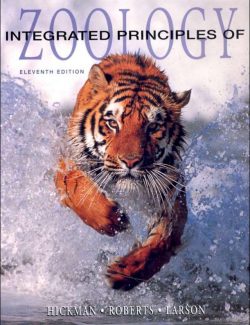
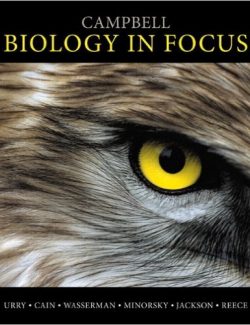
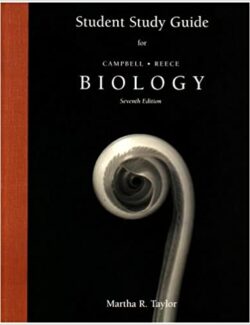
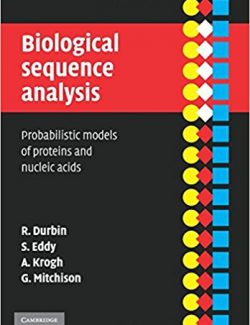
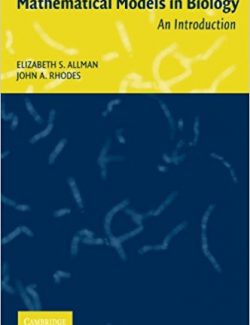
Leave us a comment
No Comments